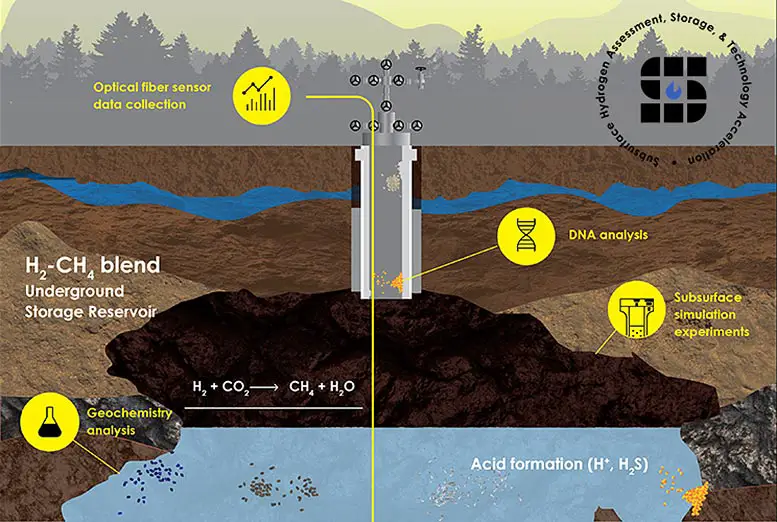Network managers and educational institutions are being urged to plan ahead and consider long-term network capacity by a new report from JISC’s Technology and Standards Watch service, as statistics show that Internet traffic is doubling every year. The report from JISC’s Technology and Standards Watch service (JISC TechWatch), entitled “100G Ethernet and beyond: preparing for the exabyte Internet”, explains the background and technical development to the next upgrade of the thirty-year old Ethernet family of networking standards which will be formalised in. Paul Anderson, technical editor from JISC TechWatch, explains why the report was commissioned: “We look towards the next five to ten years and anticipate developments in technologies that might have an impact on colleges and universities.“This change in standards has been driven by the massive uptake in new Web technologies such as video on-demand and, in the case of universities, a deluge in new, experimental research data and applications.“The study discusses the technical debates and developments surrounding plans to move to a higher speed form of networking and explains how this is required to help cope with the relentless growth in Internet traffic.”

The Report Is Written By Networking Industry Veteran, And Vice-Chair Of LINX, Raza Rizvi.
Raza Says:
“There are peaks and troughs in network technology development and we are just approaching the crest of a peak. This is a time when a wave of new technology, following the adoption of the new standard, will enter the market. Universities, colleges and other parts of the public and private sector need to make sure they are paying attention to the details of the new standard and emerging technical solutions.” Traditionally, Ethernet has developed in incremental steps of ten. This means that the next step should be from 10G (the current standard) to 100G and indeed, JANET recently undertook a trial of some of the technology that will be used in 100G networking. However, the report outlines the many technical issues and debates around the move to 100G and explains why the next IEEE standard will be for both 40G and 100G. The report is published just as the IEEE standards task force responsible for the new Ethernet (IEEE 802.3ba), meets in San Francisco to finalise the last technical details. The standard is expected to be formally ratified in June 2010. Pre-standard 40G and 100G Ethernet products – server network interface cards, switch uplinks and switches – are then expected to hit the market later this year.“These kinds of new standards take five or more years to come to fruition. It’s an indication of the kind of forward thinking that capacity planning for networks needs.”
Energy Saving Week & Virtualisation Workshop In Edinburgh
It’s Energy Saving Week and the folks over at the Energy Saving Trust are encouraging you to do your bit for the environment by reducing the amount of energy you consume at home. If you’ve been thinking about your institutional carbon footprint you may be interested in our free joint event with EAUC at Edinburgh Napier University on the. The event forms part of a Scottish Funding Council-supported ICT Carbon and Energy Management Programme project which is being managed by EAUC Scotland. The project has identified virtualisation as a key area of interest for its institutional partners, which include Edinburgh Napier University. Napier has already made great progress in virtualising a number of servers, and is now both extending this, and introducing server powerdown to gain the full energy and environmental benefits from its use.




